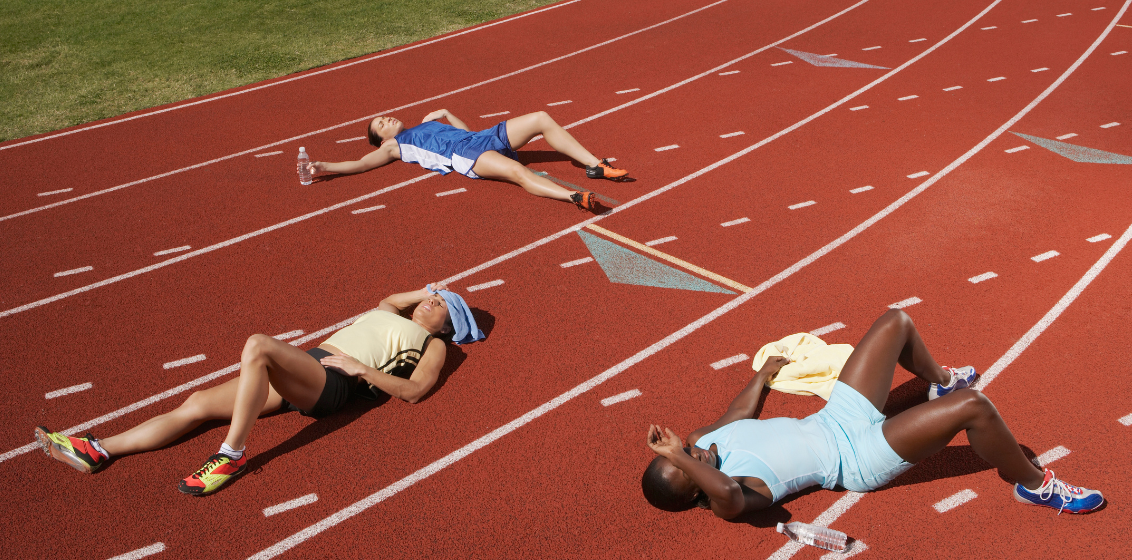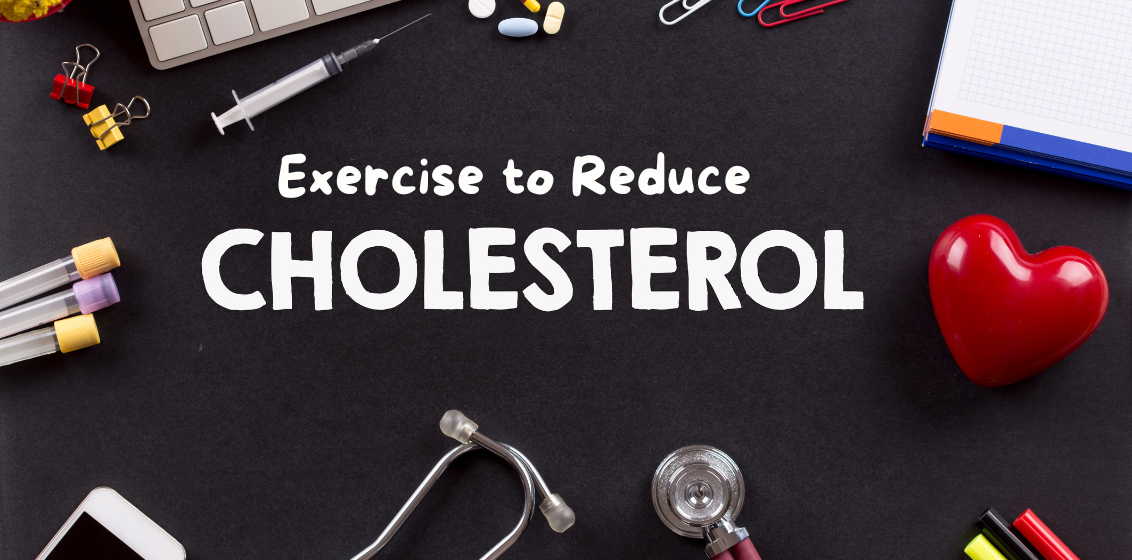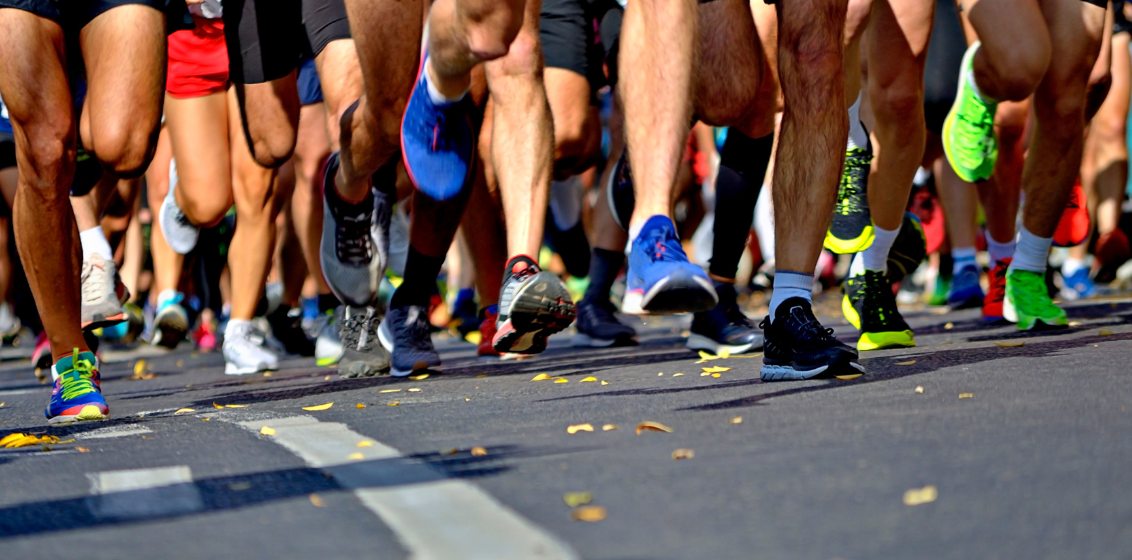Recovery: Keep It Simple
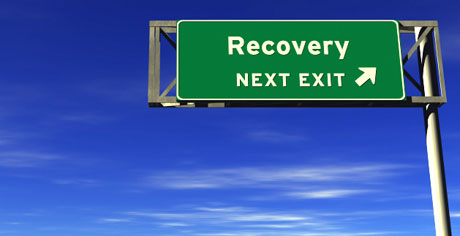
Recovery is a massive buzzword in the sports science world now. Inflatable boots, compression wear from head to toe, even recovery thongs are on the market. Let’s break things down and give you some common sense, practical recommendations.
What is recovery and why is it important in sport? A really basic definition: “restoration to a former or better condition.” How does this work for someone training hard regularly?
Let’s look at the graph below to get the science out of the way. The horizontal line shows your baseline fitness in any domain, strength, endurance, power etc. Once we do a training session, our ability to perform drops off. This is fatigue and causes the drop in the pink zone below the line. If conditions are right, the body will recover (red zone below the line). Here’s the cool bit, the body senses that you are going to continue this lunacy and decides there needs to be some changes and we get the “super-compensation” phase in yellow above the line. This is where the body does its magic, growing blood vessels, laying protein down in muscle for strength, increasing bone density or energy burning enzyme levels in muscle.
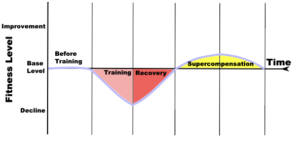
By Haus – Own work, CC BY-SA 3.0, https://commons.wikimedia.org/w/index.php?curid=16758335
If we time our next exercise session properly it will arrive at the peak of the super-compensation curve and a consistent upward movement of fitness will continue.
There are training mistakes that can stop you achieving recovery and super-compensation, like training too hard or doing the next session before fully recovered, but we’ll concentrate on ways to improve the recovery process under the line here in this blog
Recovery Techniques
Physical
- Stretching: the jury is out on this one. Looks like there’s no evidence it helps to reduce injury risk or cause big changes in mobility, but it can help reduce muscle soreness and it can help with relaxation which we’ll talk about later
- Foam Rolling: for recovery, pretty much the only decent science shows that rolling reduces perception of pain after exercise in muscles. Not a bad result. There’s some evidence it can cause short term flexibility increases (lasting 10 minutes), as well as long standing improvements if done regularly.
- Active recovery: consists of things like a warm down, doing an easy spin on a bike or some pool walking or swimming. The disadvantages are that it takes time, and you are burning energy. The advantages are that you are moving your muscles and joints gently without impact. Doing a non-impact session 24 hours after a hard game or training session could work well for you.
Passive Techniques
- Compression: compression wear has become a massive industry in the last decade. It’s possible to compress yourself from head to toe almost to the point of invisibility whether its with compression wear, or inflatable boots worth thousands of dollars. There are lots of proposed benefits that theoretically can aid in recovery, although I haven’t seen a large body of evidence justifying the expense. What appears the most sustainable conclusion is that compression garments improve your perception of recovery. You feel better.
- Massage: there are many proposed recovery benefits for massage: stiffness and soreness, psychological, immune system are some of these. Guess what? Research is skinny on this too. Relaxation and reduced anxiety, and improved perception of recovery are the two best supported reasons to get massage for recovery. Lying down for an hour could be a big part of the benefit all by itself!
- Cryotherapy: jumping into frigid water after exercise isn’t the most appealing option, but there is some evidence that cold water immersion (ice bath) can reduce muscle soreness after exercise, as well as feeling of perceived recovery. The research is skinny on whole body cryotherapy (the standup megafreeze pods) and what’s around suggests ice baths work as well, or better for soreness. A bag of ice in a cold bath is cheaper and more convenient as well. Cold baths are more effective for running based sports and actually detrimental for strength and power training sessions, they blunt the super-compensation response for strength.
Recuperative
- Sleep: where our best recovery work happens. Adequate sleep is really important for regulation of growth hormones and tissue repair. Research shows inadequate sleep can double injury risk and increase viral infection rate by 450%
- Meditation: can reduce stress hormone levels and blood pressure and make positive adaptations to brain function
- Yoga: improves next night sleep, helps nervous system excitability to the heart and can change brain anatomy!
Dietary
Not my area of professional expertise, however my reading tells me that replenishing fluid, carbohydrate and protein within an hour of exercise is an important recovery tool to help muscle repair and refuelling
Are you recovering?
It’s super important to know when you’re tipping over the edge of the over-training cliff. Keep an eye out for some of these
- Change to sleep patterns (less than normal, or needing more)
- Persistent muscle soreness
- Mood: are you cranky all the time? Ask someone you live with
- Physical symptoms: sore throat, dry skin, cracks in the corner of your mouth
- Changes to your menstrual cycle
It’s important to notice some of these symptoms, but more important is to take action and change the balance of stress and coping strategies to get you back on track again.
Make a Plan:
- It’s important to plan and tailor all of these strategies. Your belief in the effectiveness of a recovery tool will change your physical response, like a placebo tablet. Find the combination of things that work for you to have you feeling fresh and ready to train again and stick to them.
- When training ramps up, so should your recovery efforts. In heavy training, daytime naps, weekly massage and adjusting your food intake could be changes that help get you to the start line
In Summary:
- More training = More Recovery
- Stretch and roll if you feel tight and it helps
- Sleep more
- Try an ice bath and compression tights
- Eat for recovery after hard sessions
- Get a massage when you can
- Stimulate your parasympathetic nervous system with relaxation strategies
- Be aware of signs of under-recovery and take action

